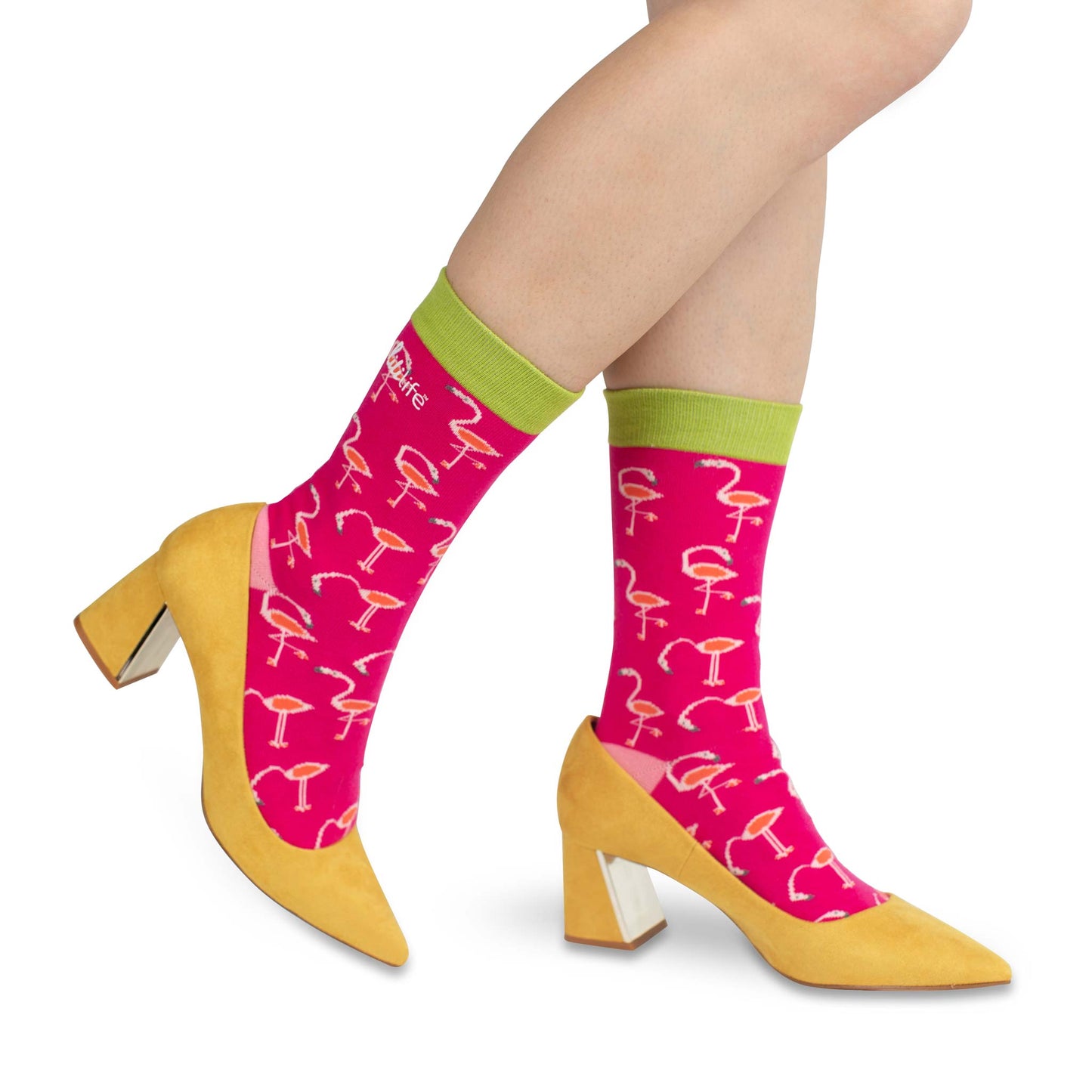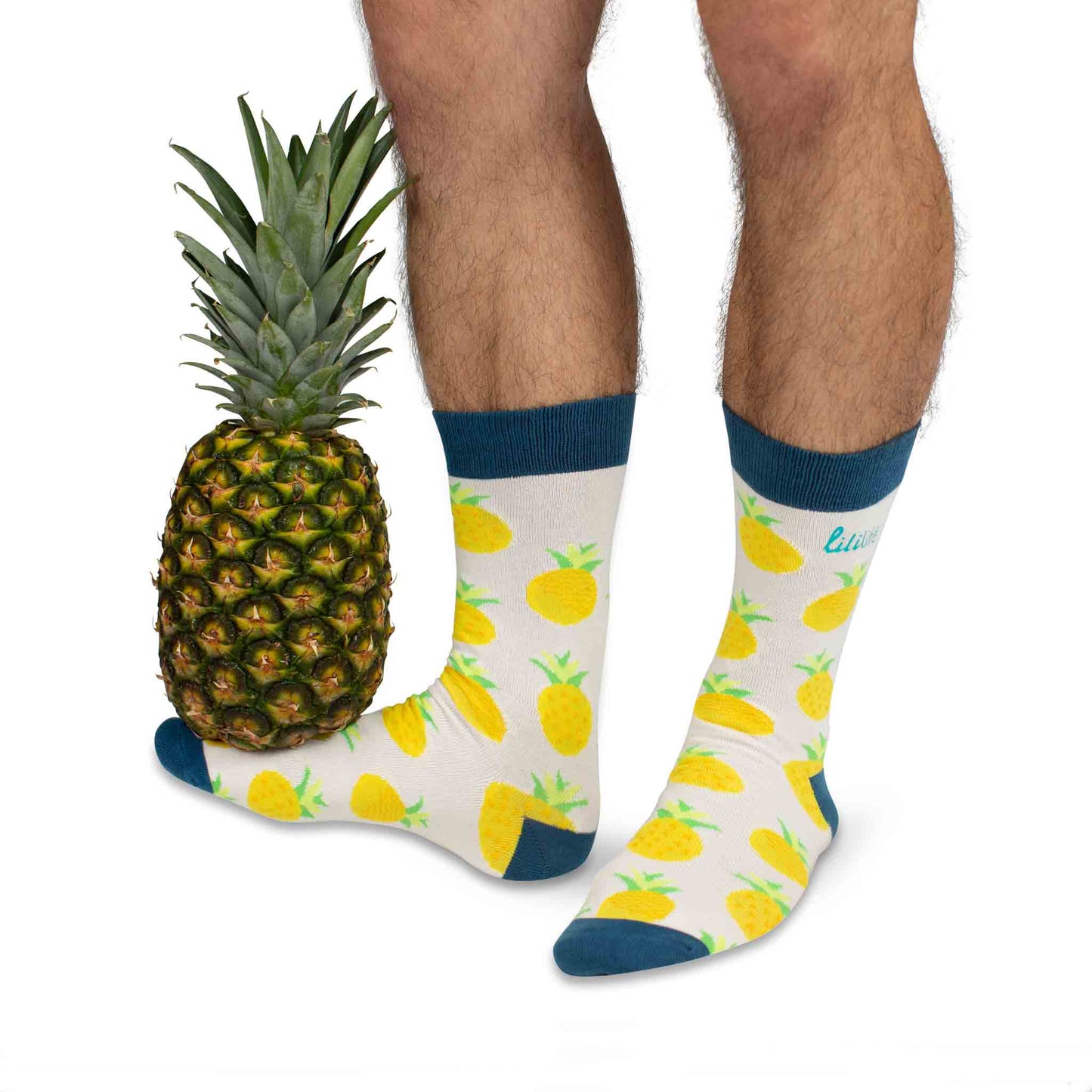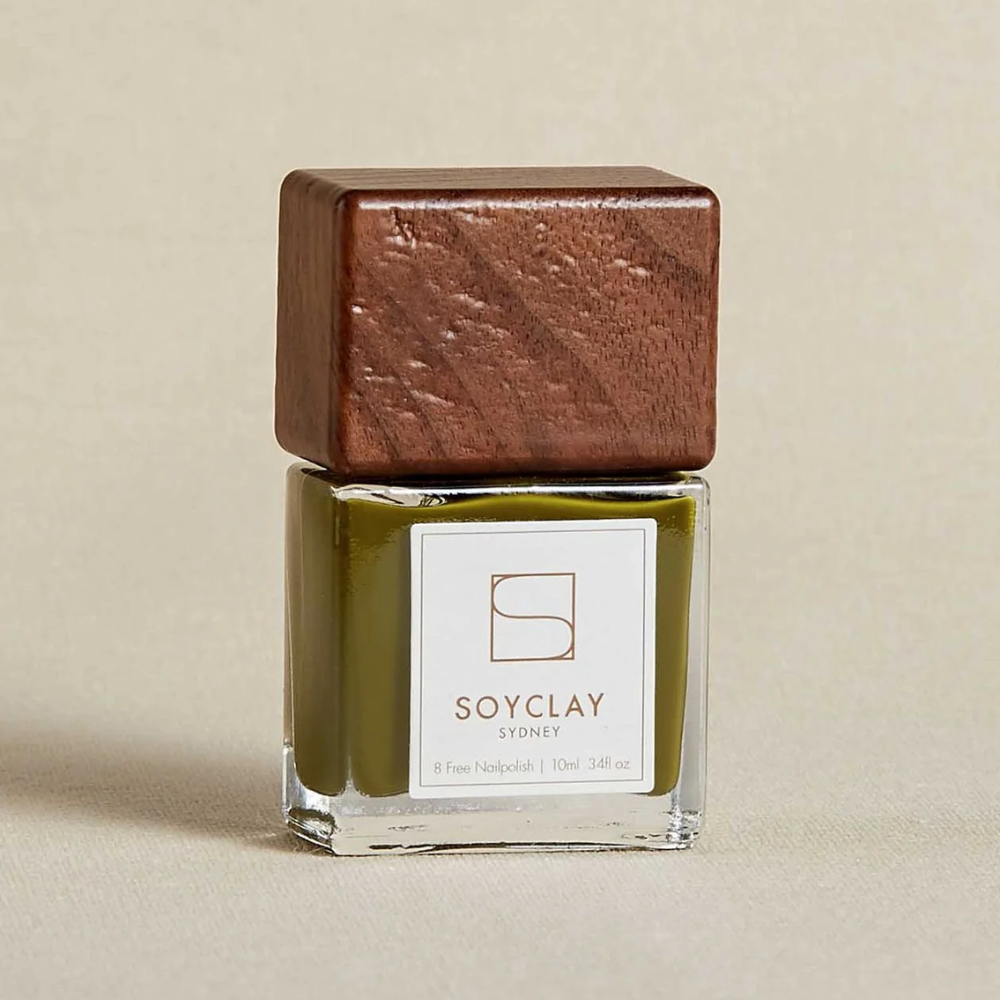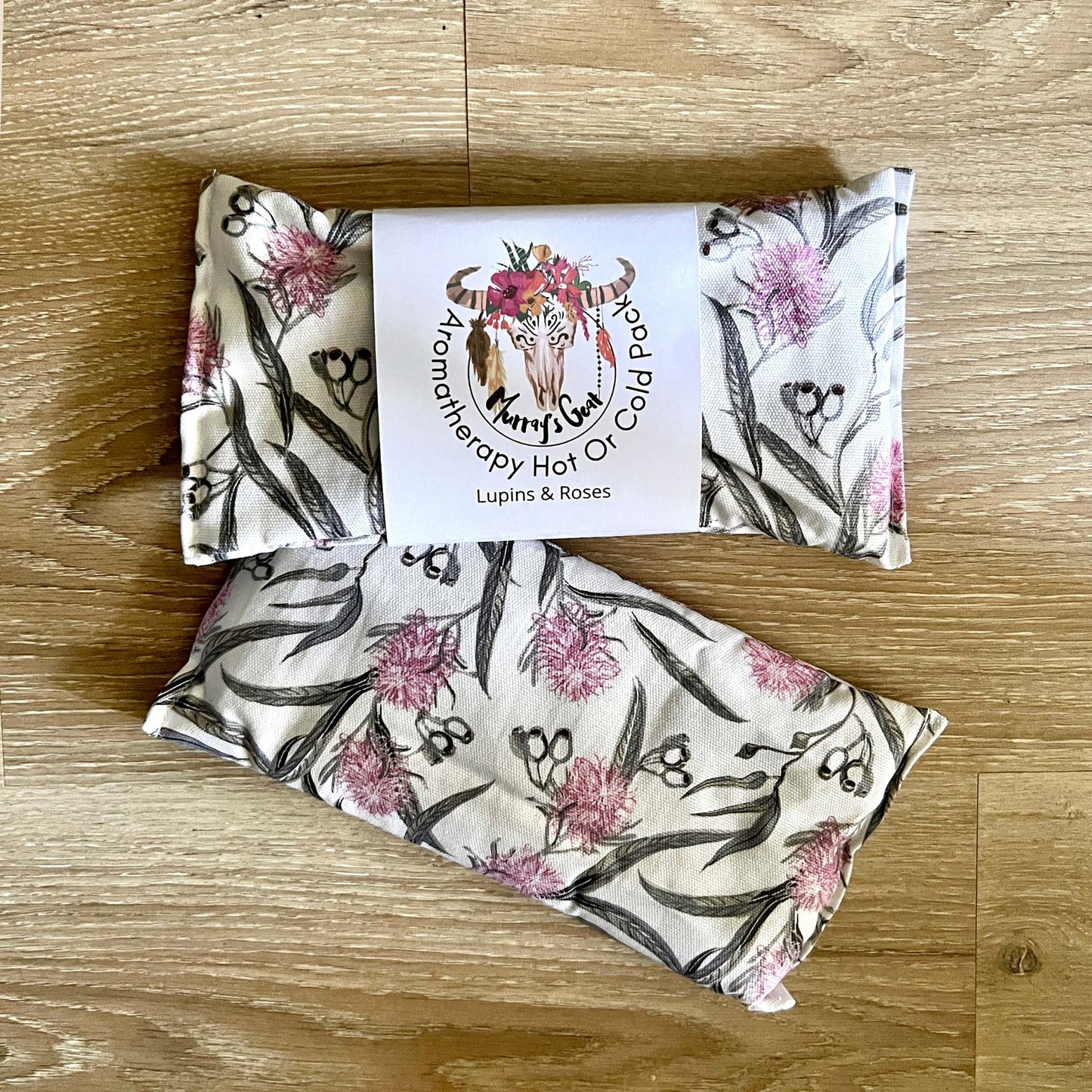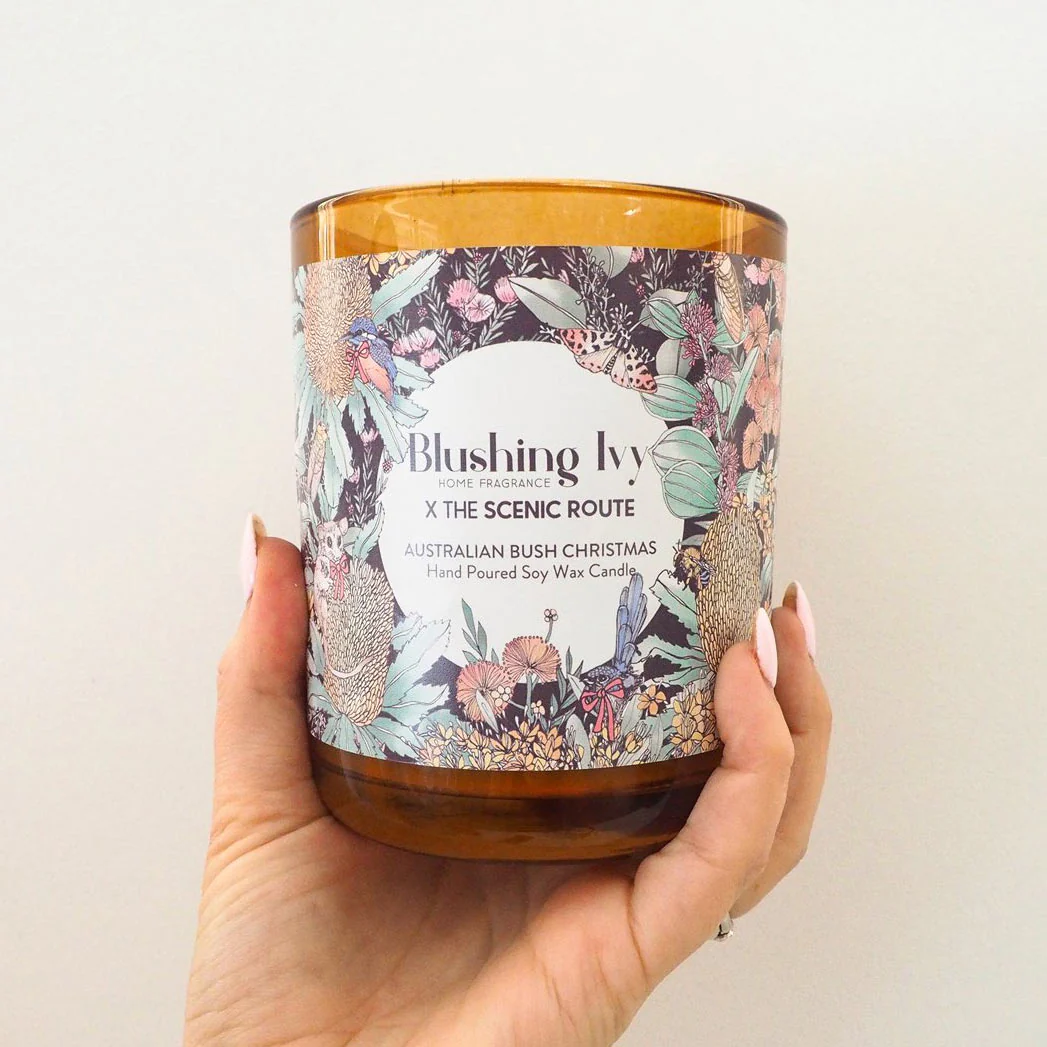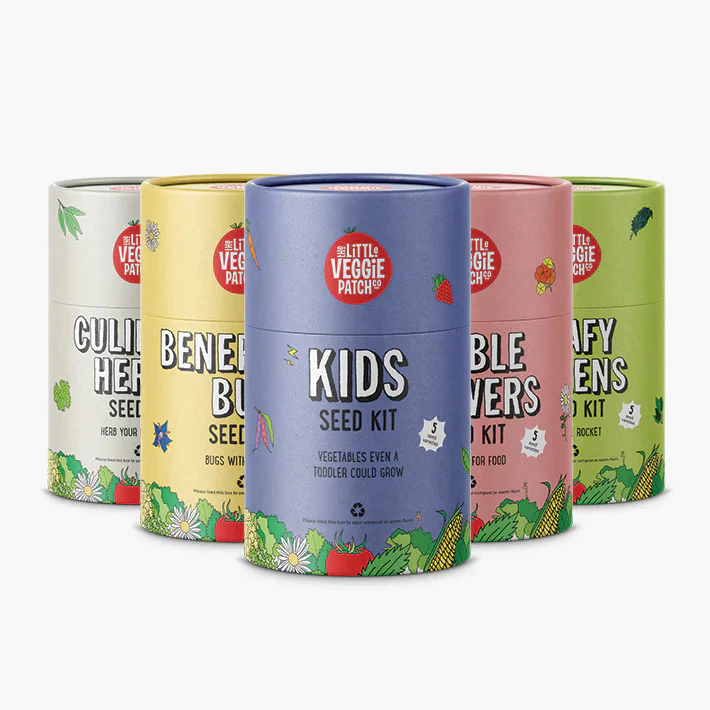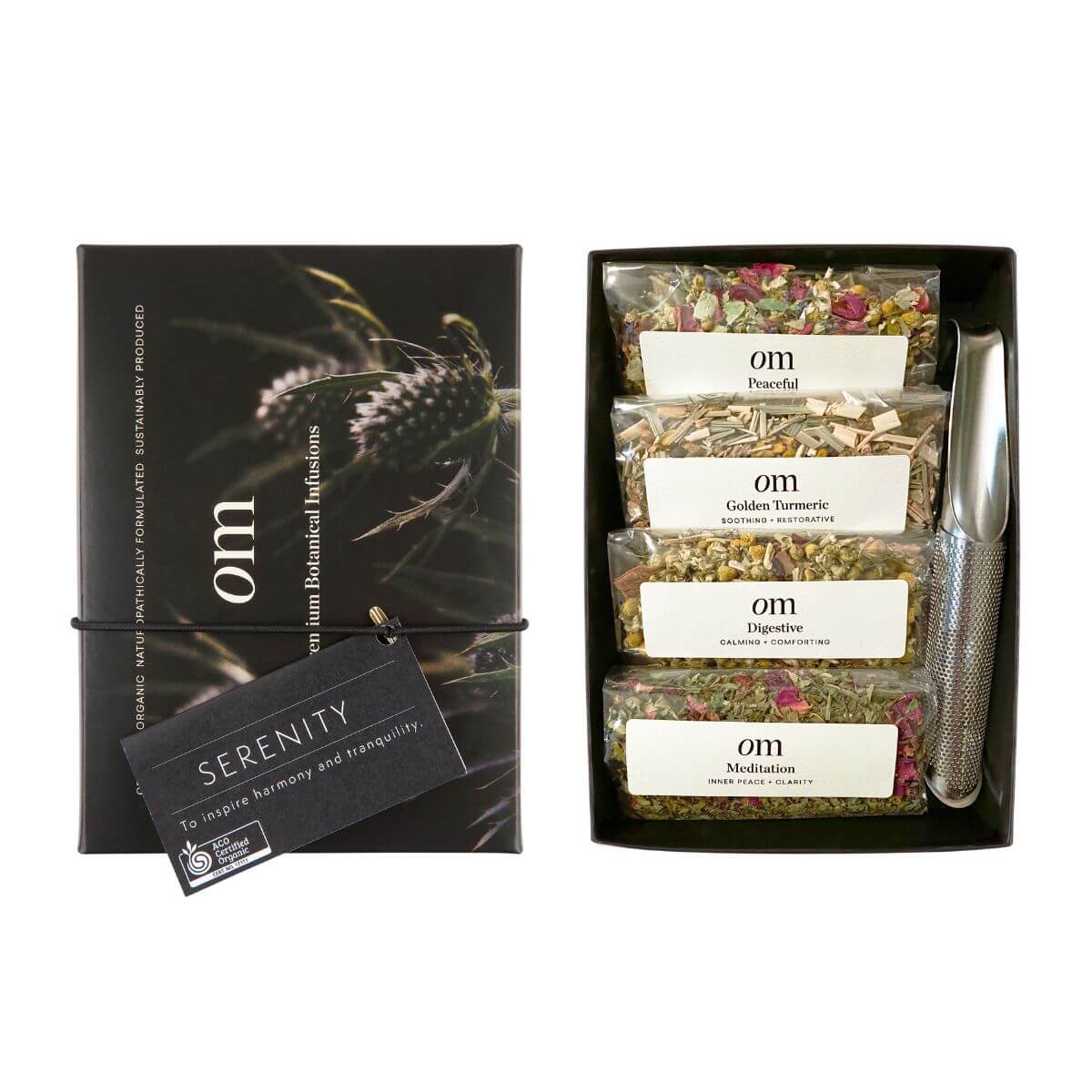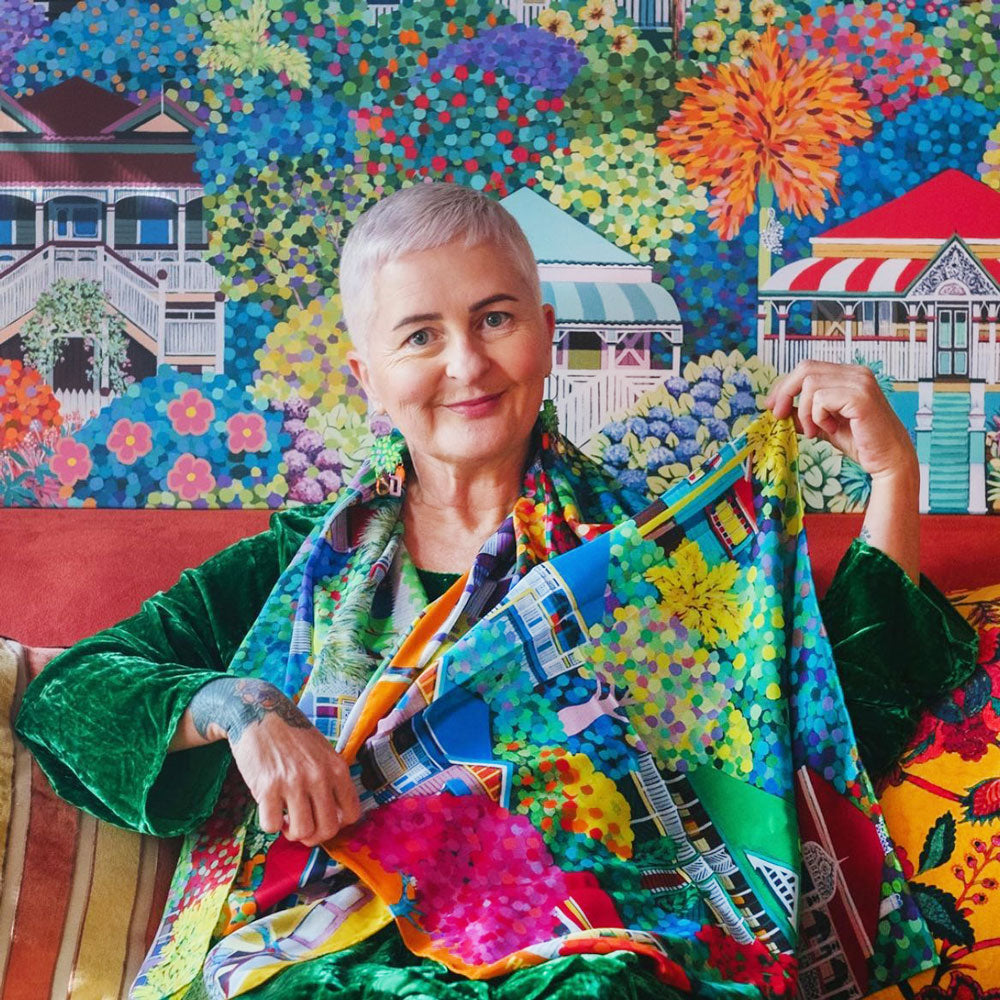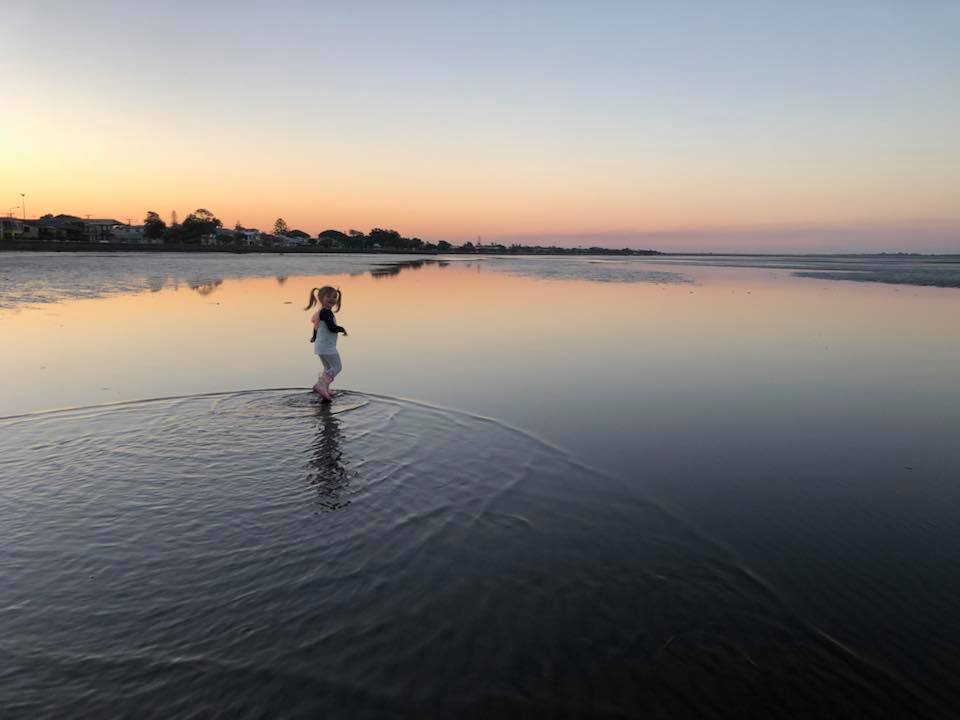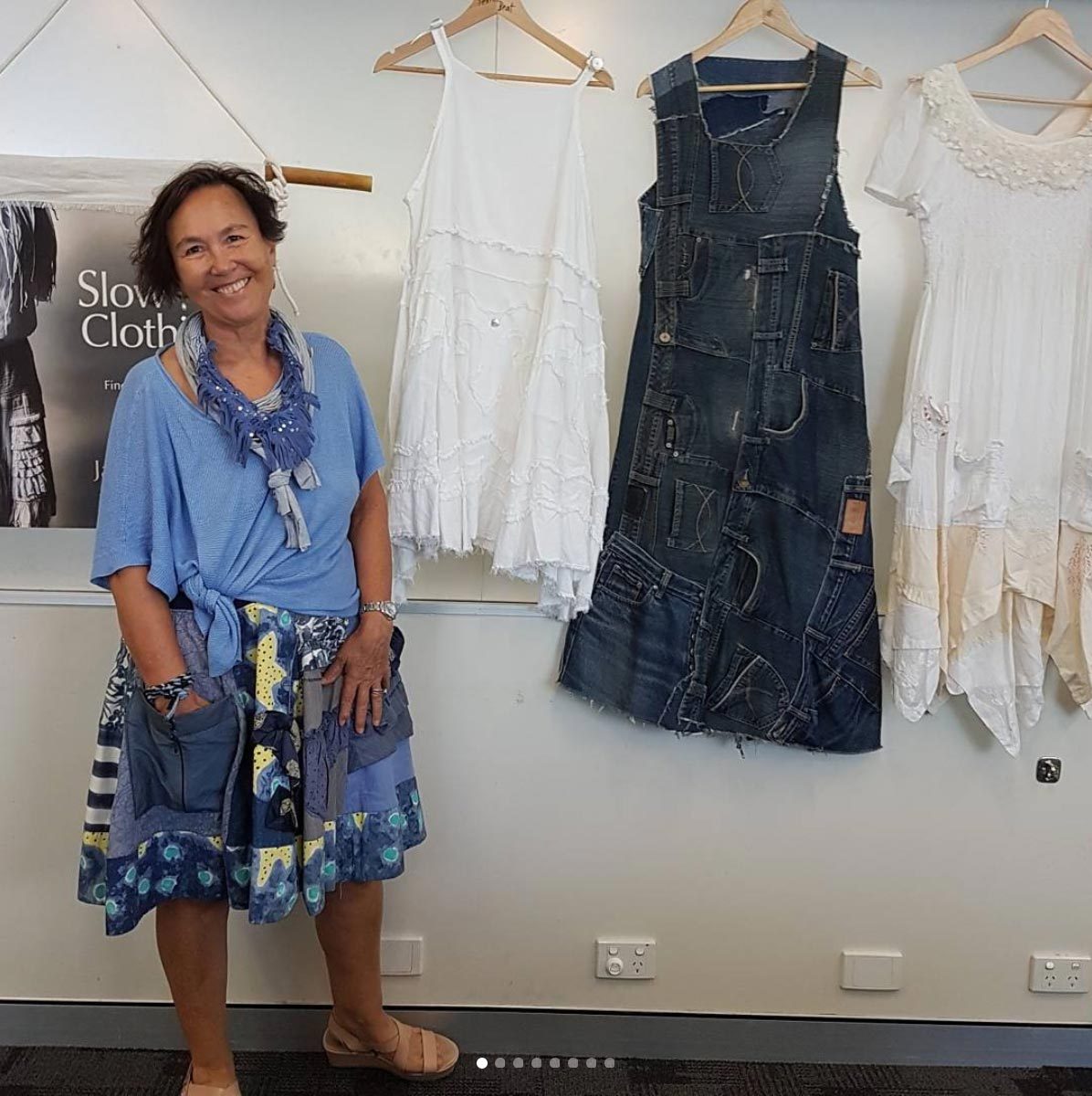
A large part of everyday life for the average millennial is documenting everything about their day. Our generation has made careers out of videoing our daily lives for Youtube; posting pictures on Instagram; and making short, funny clips for Facebook scrollers. It has become customary to document a party on Snapchat; eat Insta-worthy foods; and collate our thoughts into witty, 140-character tweets. For some, it may be scary, for others, it is the start of a brand-new world of sharing, however, how would a young millennial, such as myself, cope when the editing, selecting, even viewing aspect of that constant documenting was taken away?
Enter Stu, and his project ‘The Indisposable Concept’. Hailed as the #1 disposable camera project in the world, over 3000 rolls have been shot and contributed to the ‘IC’ and shared on their website and online magazine.
But what exactly is The Indisposable Concept? _
“The concept is all about eliminating the technicalities and proficiencies of photography and providing a level playing field for everyone to contribute… The stories being told and the moments being shared along with the sense of involvement and community are the true essence and beauty of Indisposable Concept.”
Straight from their information pack, the Indisposable Concept is designed to allow anyone and everyone to capture their life without the leisure to edit, delete or even review until the roll is developed. The challenge is to photograph what is ‘indisposable’ to you for roughly a week and send in your results. One photo must include a selfie, and while the time limit isn’t so strict, it must show what important things make up every day life. It’s about sharing, without the ability to filter.
“I like to think the IC community has a positive effect on people and inspires them to celebrate life and the world around them,” says Stu. The IC was born out of Stu’s home office in 2012, and while some are critical of the modern day social media haze, Stu has utilised it for good. “I was able to grow the community via the various social media platforms, ie. Facebook, Tumblr, Flickr, Twitter, and especially Instagram, which allowed me to connect with people all around the world…I wanted to work on a project with no boundaries. I wanted to create a platform that every day, creative people could be part of and share their stories via a different kind of medium, in this case, disposable cameras and film.” You can see some of these stories featured on the IC’s Instagram, Facebook and the like (all @indisposableconcept).
Armed with a disposable camera, I began my week-ish of what was ‘indisposable’ to me. I consider myself a fairly above average photographer, I have a camera with removable lenses and everything (such a pro right?), but after seeing my photos come back I realise this is a whole new medium I have yet to master. My first shots were trial shots, I wanted to see if I could get the flash working on it. Unfortunately for me, the flash never did work, and I only realised after taking two photos of the same thing that I was wasting valuable photos.
The norm when taking photos on a phone is to take a stream of pictures, so you can pick the best one and chuck on a nice filter. This is not a leisure I was allowed with a disposable. I had to be very selective with what I took a picture of, and I found myself wanting to do more things that I could take interesting pictures of. A social anxiety often associated with Instagram – no one wants their life to look boring. However, try as I might, I began to realise the everyday things around me – my space, my people, my life – were ‘indisposable’, and no one would have the exact same roll as I would.
“The rolls that are contributed a reflection of the people behind the disposable camera lens. What they capture is what they see. There's nothing contrived. Nothing unrealistic or artificial. That's the beauty with film, it doesn't lie. Digital, on the other hand can be altered and enhanced.” However, not having a flash came with its own set of issues, a lot of my photos being too dark, and I was almost embarrassed by them when I saw them.
However, others came with an almost nice grain to them which I sort of liked. Plus, I find it hard to dislike any pictures of my puppy.
 At first, I found the experience a little frustrating. Not knowing whether I was framing the picture properly, if I had enough light, if I was even capturing anything interesting. I felt there was more pressure on these photos than there were on any old phone photo. I couldn’t just delete photos if I didn’t like it, I had to submit the whole roll and just hope for the best. But that realisation also brought about some relief. I couldn’t help how the photos came out, so why worry? I encourage anyone thinking about picking up a disposable, to just do it – it’s incredibly humbling. I began to take photos of everything, my surroundings, things that made up every day – even if that meant showing the boring stuff; like my daily commute to work, or the things I had come to take for granted; like the view from my grandparent’s apartment or the city that I live in.
At first, I found the experience a little frustrating. Not knowing whether I was framing the picture properly, if I had enough light, if I was even capturing anything interesting. I felt there was more pressure on these photos than there were on any old phone photo. I couldn’t just delete photos if I didn’t like it, I had to submit the whole roll and just hope for the best. But that realisation also brought about some relief. I couldn’t help how the photos came out, so why worry? I encourage anyone thinking about picking up a disposable, to just do it – it’s incredibly humbling. I began to take photos of everything, my surroundings, things that made up every day – even if that meant showing the boring stuff; like my daily commute to work, or the things I had come to take for granted; like the view from my grandparent’s apartment or the city that I live in. 


In the end, when it came time to take my instructed selfie, I felt a lot more relaxed about it. I took it on the same day as the picture of the city above, I was on my way out to dinner, so I was already happy with how I looked. I simply held up the camera where I thought my phone usually lined up and took the snap. I expected to look at the photo and grimace – I couldn’t edit out any imperfections or pretty it up with a nice filter. But when I saw the photo, I was actually happy with it.
I even attempted a second selfie towards the end of the roll – it didn’t come out as nice, but it’s a silly photo with my work mates that I actually love as well.
Some of my favourite photos from the roll are ones with nicer lighting. I even sort of like my faux attempts at ‘foodstagram’ because my uncle had tried to light up the photos with his phone light, claiming he knew the ways of being an ‘Instagram husband’ for my aunty. It makes me giggle every time I see them.
However, my favourite photo is the last one I took on the roll. It was early, I was about to go to work, and the weather in Queensland had finally cooled down enough for me to wear my favourite Lucky Cat inspired jacket. I was really eager to develop all my photos, and I just wanted to get the last photo done so I could send it off that day. So, I handed the camera to my mum, stood on the balcony and said “just take a photo of the jacket – but make sure my pyjama pants aren’t in the shot.”
What came back was a lovely photo with nice soft lighting, including a gorgeous sun ray that hadn’t been added in by a filter. I loved it, it was closer to the artsy, slightly-pretentious shots I like to take in my own time. And it was raw, I hadn’t edited it or tweaked it even a little. When I saw this photo, this is what made me itch to buy another disposable and keep experimenting.
I think that is the best thing about using a disposable camera. There’s a story behind each shot, or a memory that you can picture in your head when you see it. The physical act of getting photos printed and holding them in your hands beats scrolling past it on a feed.
With polaroids coming back into fashion, and companies like HP bringing out mini printers for your phone such as the ‘HP Spectre’, our generation is more and more fading back into the ‘antique’ practise of printed photos. Does Stu believe this trend will fade away amongst so many others?
“Who knows how long things will last. I feel we are in the middle of an analogue renaissance with younger generations embracing and appreciating the tangible qualities of film and analogue mediums. Maybe they just think it's cool. Is the word cool even cool anymore, or is it cool because it was once cool? Maybe the oldies that used to use film are stoked it's back in fashion, so they can be cool again. Who knows how it all works.”
Personally, I hope this one is here to stay.
Author: Holly Hamer_
Images: author

